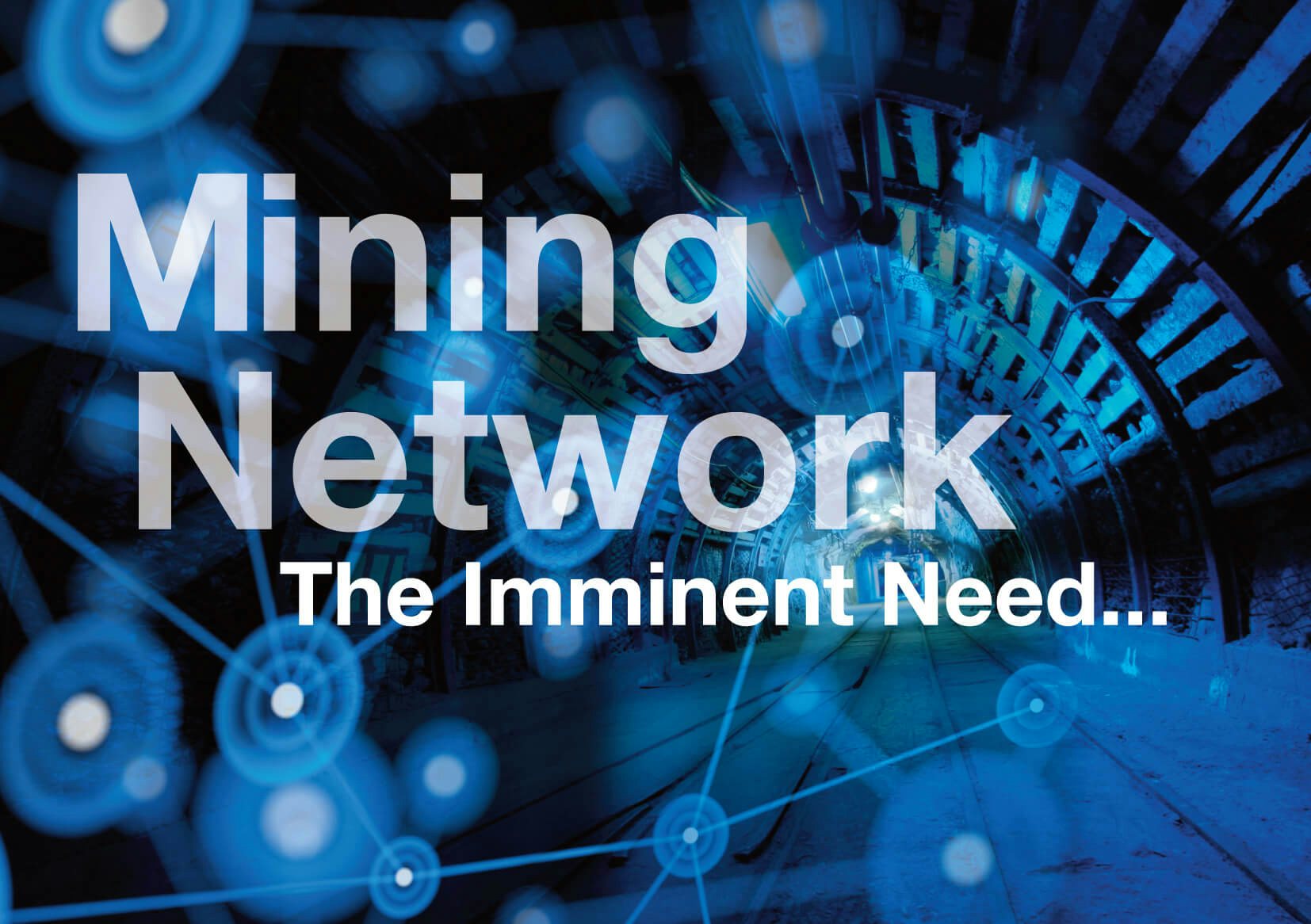The Imminent Need for a Mining Network
Perhaps one of the last of the natural resource industries to adapt IT and subsequently IoT is the mining industry.
Two of the industry’s largest companies, BHP Billiton and Rio Tinto, are now showing commitment to this new integration of technology, e.g. automation, into their business model – and have done so in one location in Australia – but the rest of the industry is trailing behind; mining is yet to experience a new technological revolution that would reform how the day to day operations are conducted and restructure old practice that is definitely due for a reinvention.
One recognised requirement that the eventual revolution will create is communication. With information being stored online instantly and monitoring taking place as the actual mining process happens, companies will absolutely need a rapid, easy-to-use communication tool to support time-bound conditions. It will need to enhance efficiency and provide for a clearer work structure through live updates of circumstantial, technological and operational information.
The communication network would likely be in the format of an interactive platform that allows its users to communicate not only with each other, but “smart” devices too. These devices will no doubt be in use soon and would ramp up the demands on the existing communication networks, rendering the current radio frequency (RF) based systems insufficient. This highlights how important it is for mining companies to prepare themselves for a network capable of transmitting these new conversations and actions.
Ideally the network would combine both RF, which current workers are comfortable and familiar with, and optical fibre, which is more flexible and reliable. Working in conjunction, they would accommodate the required speed and security but also work underground, which would otherwise be a concern. The current layering model links multiple networks into a structure where, instead of having one big collaborating network, it consists of multiple subsections that do no directly relate. This is one of the crucial problems that the new network would solve.
Ideally the network would be adaptive so you can link new gadgets and applications as they emerge, and given this it could be installed already today, in preparation for this needed IT transition. As interaction platforms are a specialty of Dashboard, we see here a chance to be a front runner of in the transformation of mining, working to help others predict industry trends, too.
